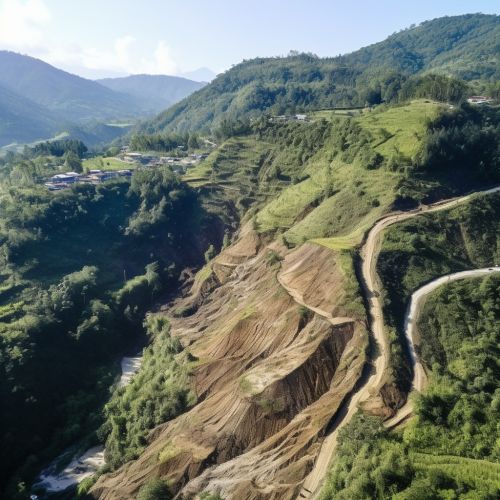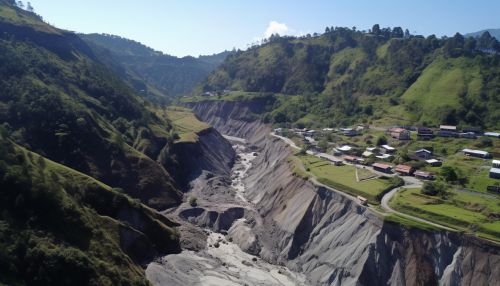Landslide mitigation
Introduction
A landslide is a geological phenomenon that involves a wide range of ground movements, such as rockfalls, deep-seated slope failures, and shallow debris flows. Landslides can occur in offshore, coastal, and onshore environments. Although the action of gravity is the primary driving force for a landslide to occur, there are other contributing factors such as erosion by rivers, glaciers, or ocean waves create over-steepened slopes. Landslides occur when the slope (or a portion of it) undergoes some processes that change its condition from stable to unstable. This is essentially due to a decrease in the shear strength of the slope material, to an increase in the shear stress borne by the material, or to a combination of the two. A change in the stability of a slope can be caused by a number of factors, acting together or alone. Natural causes of landslides include: groundwater (porewater) pressure acting to destabilize the slope, loss or absence of vertical vegetative structure, soil nutrients, and soil structure, weathering by frost, ice wedging, and/or the presence of permafrost, physical and chemical weathering, erosion of the toe of a slope by rivers or ocean waves, weakening of a slope through saturation by snowmelt, glaciers melting, or heavy rains, earthquakes adding loads to barely stable slope, earthquake-caused liquefaction destabilizing slopes, and volcanic eruptions.


Landslide Mitigation
Landslide mitigation refers to several man-made activities on slopes with the goal of lessening the effect of landslides. Landslides can be triggered by many, sometimes concomitant causes. In addition to shallow erosion or reduction of shear strength caused by seasonal rainfall, landslides may be triggered by anthropic activities, such as adding excessive weight above the slope, digging at mid-slope or at the foot of the slope, or by deforestation. Mitigation strategies can be categorized into two types: structural and non-structural.
Structural Mitigation
Structural mitigation refers to any physical construction to reduce or avoid possible impacts of landslides. Structural measures for landslide mitigation include:
- Retaining Walls: These are designed to restrain soil to unnatural slopes. They are used to bound soils between two different elevations often in areas of terrain possessing undesirable slopes or in areas where the landscape needs to be shaped severely and engineered for more specific purposes like hillside farming or roadway overpasses.
- Slope Grading: This involves changing the slope gradient and shape to make it less susceptible to landslides. This is often achieved by reducing the slope and terracing hillsides.
- Drainage: This involves the construction of drainage systems to control water levels in areas of rainfall and water flow.
- Soil Nailing: This is a method of reinforcing slopes and is often used in conjunction with other methods of landslide mitigation. It involves the insertion of relatively slender elements – normally steel reinforcing bars – into the slope – often into a pre-drilled hole that is then grouted.
- Ground Anchors: These are used to support structures that are either tipping or sliding. They provide structural support to vertical walls, steep slopes, embankments and other structures that are in unstable soil conditions.
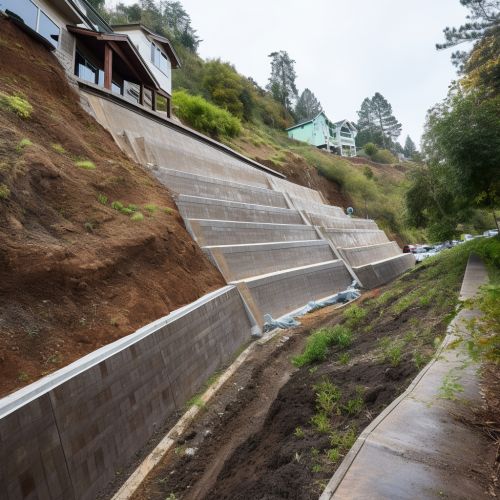

Non-Structural Mitigation
Non-structural mitigation involves land use policies and planning regulation. This includes:
- Zoning and Land-use Practices: This involves the regulation of land-use and construction practices in landslide-prone areas to reduce the potential for property damage and loss of life.
- Public Awareness Programs: This involves educating the public about the risks and signs of landslides and how to prepare for them.
- Early Warning Systems: These are systems designed to detect the first signs of a landslide, allowing for the timely evacuation of people in the path of the landslide.
- Insurance: This involves policies that cover damage caused by landslides. This can provide financial support for those affected by a landslide.


Case Studies
There have been several notable landslides throughout history where mitigation strategies have been successfully implemented. These include the Aberfan disaster in Wales, the Vajont Dam landslide in Italy, and the Thistle landslide in Utah, USA. These case studies provide valuable lessons in the importance of landslide mitigation and the effectiveness of various strategies.
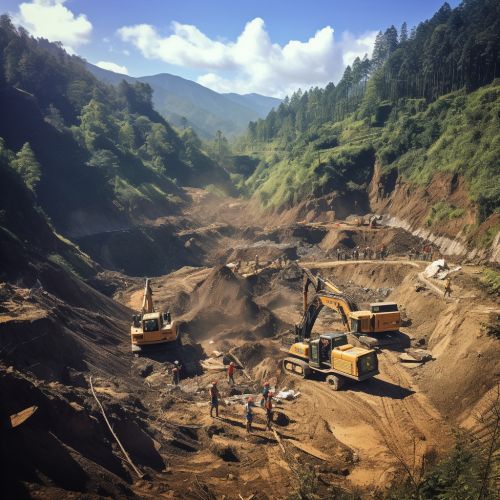
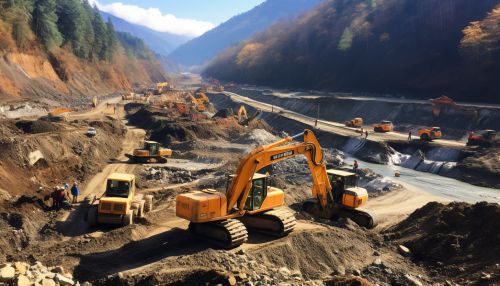
Conclusion
Landslide mitigation is a crucial aspect of managing and preventing the devastating effects of landslides. Through a combination of structural and non-structural strategies, it is possible to reduce the impact of landslides on human life and property. However, it is important to note that these strategies are not foolproof and cannot completely eliminate the risk of landslides. Therefore, ongoing research and development in this field are essential to developing more effective landslide mitigation strategies.
